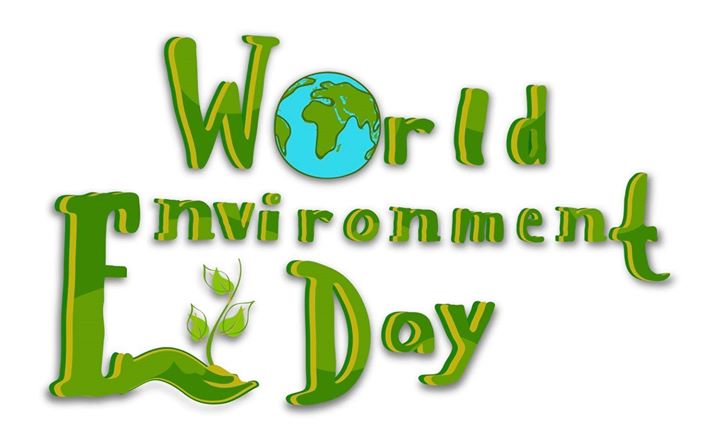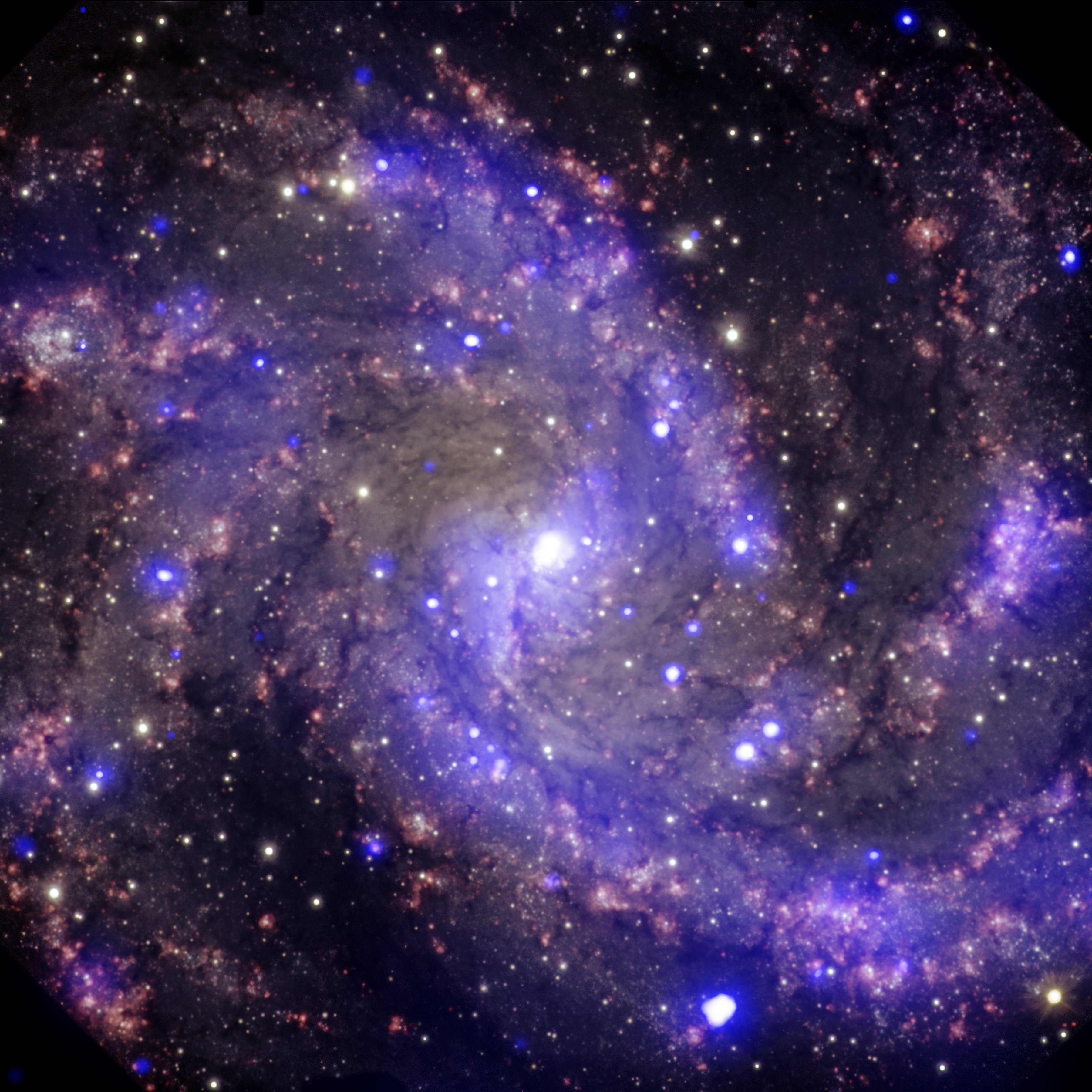We have to admit it:
the world is full of things that puzzle us,
daily life is rife with events that baffle us,
situations abound when we cannot make sense of what is happening.
Science and psychology give some clues but they are unhelpful in so many cases…
We study, and we search, and we analyze, but…
our minds fail to understand many aspects of our human existence.
and our hearts remain dissatisfied, so very often…
And today, celebrating the Feast of the Resurrection of Christ, where are we at?…
The last verse of the gospel text (Jn.20:1-9) tells us:
« Till this moment, the disciples had failed to understand the teaching of scripture
that he must rise from the dead. »
Amazing, is it not?
They had been living with him for three years, or so.
They had walked with him from day to day.
They had listened to hours of his teaching.
They had witnessed countless ‘signs’ of who he was – God’s special messenger.
Yet, “they had failed to understand…”
As they run to what they have been told is an empty tomb, Peter and John do not understand. 
They are convinced the women have lost their minds as they think Jesus’ body has been removed. (Lk.24:11)
The disciples of Emmaus will be told they are “foolish men, slow to believe…” (Lk.24:25)
Believing – not seeing, not understanding, not being able to explain, or justify,
But BELIEVING, plainly and simply.
Not only admitting some articles of a creed that one recites with devotion…
Not solely repeating the explanations one has received long ago about ‘the truths of our religion’…
Not being satisfied with accepting the contents of dogmas passed on to us…
But BELIEVING in deed and in truth.
Trusting Someone to the utmost, unconditionally.
Relying on that Someone even in the midst of the most trying situations.
Surrendering to that Someone all that I am and hope to become…
Some may think: ‘It is stupid, absurd, it is pointless any way.
Only people who are naive and gullible can believe.’
Yet, all things considered, perhaps it is foolish… NOT to believe!…
Note: Another reflection is available on a different theme in French at: https://image-i-nations.com/dimanche-de-paques-annee-c-2019/
Source: Image: Wikipedia
.jpg)



 “Beat Plastic Pollution”
“Beat Plastic Pollution” Les découvertes récentes de l’éthologie et de la science nous ouvrent un nouvel horizon de pensée : les animaux seraient intelligents, voire – dans certains cas – plus intelligents que les hommes !
Les découvertes récentes de l’éthologie et de la science nous ouvrent un nouvel horizon de pensée : les animaux seraient intelligents, voire – dans certains cas – plus intelligents que les hommes ! The United Nations’ (UN) World Meteorological Day is annually held on or around March 23 to remember the World xMeteorological Organization’s establishment on that date in 1950. Many different activities and events are organized for this occasion.
The United Nations’ (UN) World Meteorological Day is annually held on or around March 23 to remember the World xMeteorological Organization’s establishment on that date in 1950. Many different activities and events are organized for this occasion.
 Sun Day (May 3, 1978) was designated by Jimmy Carter President of United States of America specifically devoted to advocacy for solar power, following a joint resolution by Congress. It was modeled on the highly successful Earth Day of April 22, 1970.
Sun Day (May 3, 1978) was designated by Jimmy Carter President of United States of America specifically devoted to advocacy for solar power, following a joint resolution by Congress. It was modeled on the highly successful Earth Day of April 22, 1970.